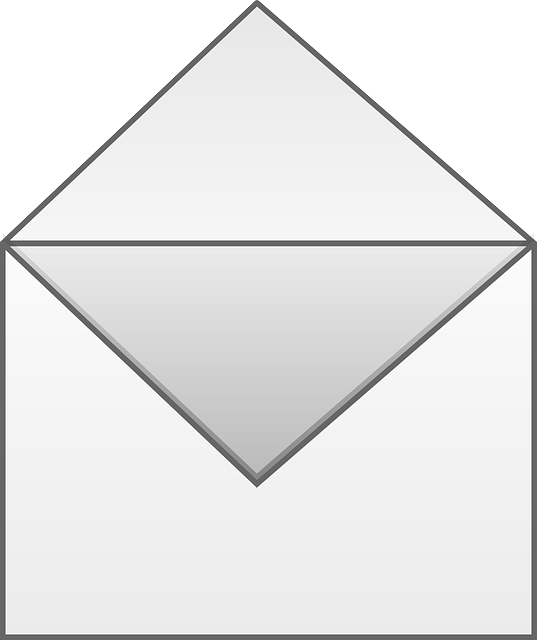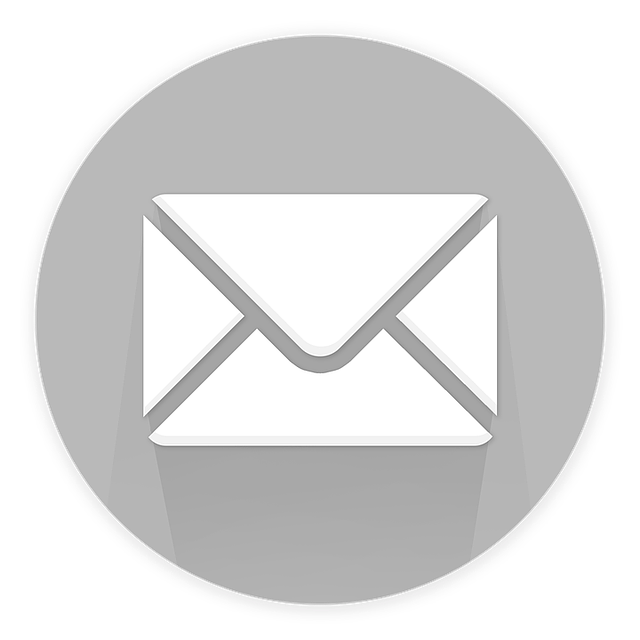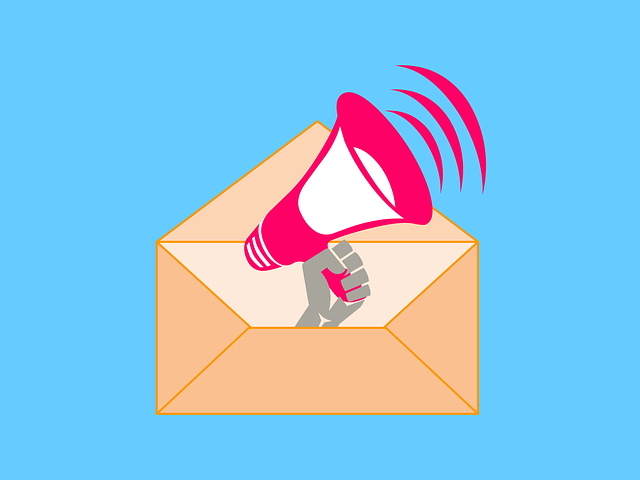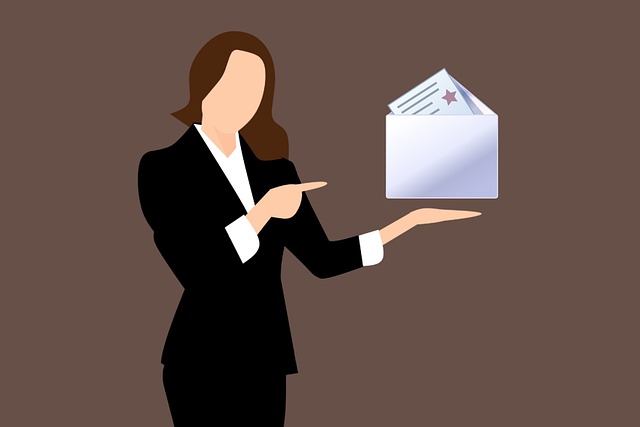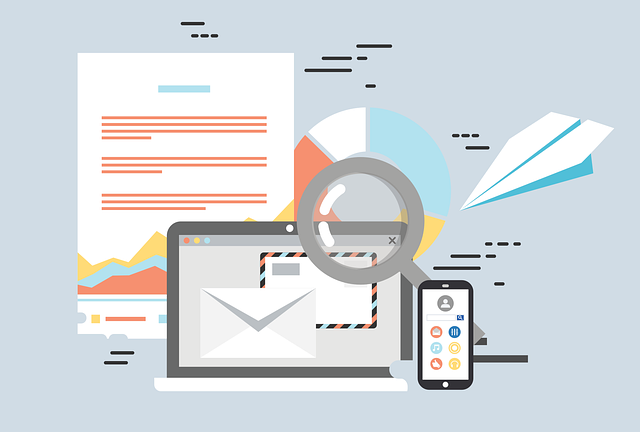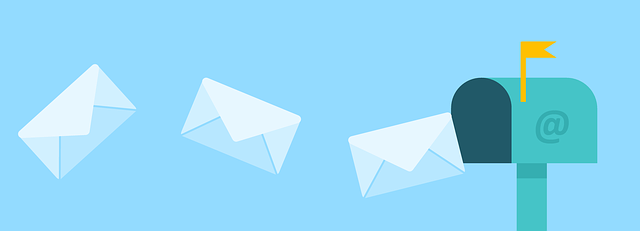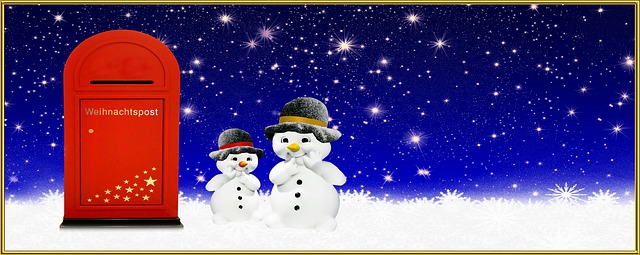Did you know that email marketing has an average return on investment (ROI) of 3,800%? Yes, you read that right! In today’s competitive travel and hospitality industry, implementing effective email marketing strategies is crucial for success.
With so many potential customers out there, your emails need to stand out and capture their attention. That’s why we’ve compiled a list of 10 essential email marketing strategies that will help you boost engagement, increase bookings, and ultimately drive revenue.
From personalization and segmentation to automation and drip campaigns, these strategies will ensure that your emails deliver the right message to the right audience at the right time.
Mobile optimization is also key, as more and more people are accessing their emails on their smartphones. With compelling subject lines and content, you’ll entice recipients to open and read your emails.
And don’t forget about the power of call-to-action and conversion optimization to drive action.
Finally, analytics and testing will allow you to measure the success of your campaigns and make necessary improvements.
So, let’s dive in and discover how these strategies can take your email marketing efforts to new heights in the travel and hospitality industry.
Key Takeaways
- Personalization and segmentation are crucial for effective email marketing in the travel and hospitality industry. Segmenting email lists based on travel history, destinations of interest, and accommodation preferences can deliver targeted promotions and increase engagement.
- Automation and drip campaigns can help nurture leads and guide customers through their travel journey. Automated email sequences save time and ensure timely and relevant messages are sent to customers, keeping them engaged and excited throughout their journey.
- Mobile optimization is important as more people access emails on their smartphones. Responsive design and mobile-friendly templates make emails easy to read and navigate on mobile devices, improving the user experience and increasing conversions.
- Analytics and testing are essential for measuring campaign success and making improvements. Tracking and analyzing performance provides valuable insights for data-driven decisions, while A/B testing allows for experimentation with different elements of campaigns to optimize subject lines, call-to-action buttons, and email layouts.
Personalization and Segmentation
Personalization and segmentation are crucial for effective email marketing in the travel and hospitality industry. With the abundance of travel options available, customers are looking for personalized recommendations that cater to their specific needs and preferences. By segmenting your email list based on factors such as travel history, destinations of interest, and accommodation preferences, you can deliver targeted promotions that resonate with each individual recipient.
This not only increases the likelihood of engagement but also fosters a sense of loyalty and trust. Personalized emails make customers feel valued and understood, leading to higher conversion rates and repeat bookings. However, personalization and segmentation are just the beginning.
To take your email marketing efforts to the next level, automation and drip campaigns can help you nurture leads and guide customers through every stage of their travel journey seamlessly.
Automation and Drip Campaigns
Are you looking to streamline your email marketing efforts in the travel and hospitality industry?
One effective strategy to consider is setting up automated email sequences. By doing so, you can save time and ensure that your customers receive a series of timely and relevant messages based on their interactions with your brand.
With automated drip campaigns, you can engage your audience in a personalized way, nurturing leads and increasing conversions.
Set up automated email sequences
Setting up automated email sequences can be a game-changer for the travel and hospitality industry, making communication with customers smoother and more efficient. By implementing automated email workflows, you can ensure that your customers receive timely and relevant messages throughout their journey.
To illustrate the power of automation, let’s take a look at the following table:
| Trigger | Action |
|---|---|
| Booking Confirmed | Send a personalized welcome email with a booking summary. |
| Pre-Arrival | Provide travel tips, local recommendations, and weather updates. |
| During Stay | Send reminders for scheduled activities, dining reservations, and exclusive offers. |
| Post-Stay | Request feedback, offer loyalty program enrollment, and share special promotions. |
| Abandoned Booking | Follow up with a targeted email to encourage completion of the booking process. |
By setting up these automated email sequences, you can engage with your customers at every stage of their journey, enhancing their experience and increasing their loyalty. Now, let’s dive into the next section and learn how to send timely and relevant messages to your customers without overwhelming them.
Send timely and relevant messages
Sending timely and relevant messages is key to keeping your customers engaged and excited throughout their journey. By sending timely offers and personalized recommendations, you can capture their attention and provide them with valuable information that enhances their travel experience.
For example, you can send them exclusive deals on flights or accommodations based on their preferences and past bookings. This not only shows that you understand their needs but also makes them feel special and valued as a customer.
Additionally, sending messages at the right time, such as reminders about upcoming trips or suggestions for activities to do at their destination, helps keep your brand top of mind and encourages them to take action.
Now, let’s dive into the next step: mobile optimization.
Mobile Optimization
With mobile optimization, your email campaigns become as seamless as a well-oiled machine, effortlessly reaching travelers on the go. Responsive design ensures that your emails adapt perfectly to any screen size, making them easy to read and navigate on mobile devices.
Mobile-friendly templates are specifically designed to capture the attention of busy travelers who are constantly on their phones. These templates are visually appealing and feature concise content that delivers your message effectively. By optimizing your emails for mobile, you create a more engaging and immersive experience for your audience, increasing the chances of them booking with you.
Now that your emails are mobile-ready, it’s time to focus on compelling subject lines and content, driving even more conversions and engagement.
Compelling Subject Lines and Content
Are you struggling to grab your audience’s attention with your email subject lines? Look no further! In this discussion, we’ll explore the power of catchy subject lines that’ll make your recipients curious and excited to open your emails.
Not only that, but we’ll also delve into the importance of providing valuable and engaging content that’ll keep your subscribers hooked and looking forward to your next email.
So, get ready to take your email marketing game to the next level and captivate your audience like never before!
Grab attention with catchy subject lines
To captivate your audience from the start, craft attention-grabbing subject lines that entice travelers to open your emails and embark on a journey of discovery. Here are four tips to help you create catchy subject lines that will make your emails stand out:
-
Get creative with your email designs: Use eye-catching graphics and visually appealing layouts to make your emails visually appealing and enticing.
-
A/B test your subject lines: Experiment with different subject lines to see which ones generate higher open rates. Test variations of length, tone, and wording to find the winning formula.
-
Use urgency and exclusivity: Create a sense of urgency by using words like ‘limited time offer’ or ‘exclusive deal.’ This will encourage travelers to open your emails right away.
-
Personalize your subject lines: Use the recipient’s name or location in the subject line to make it feel more personal and relevant to them.
By following these strategies, you can ensure that your subject lines grab attention and entice travelers to open your emails.
In the next section, we will discuss how to provide valuable and engaging content to keep your audience interested.
To provide valuable and engaging content, it’s important to…
Provide valuable and engaging content
Now that you’ve caught your audience’s attention with catchy subject lines, it’s time to deliver valuable and engaging content in your emails. Remember, the travel and hospitality industry is all about creating memorable experiences, and your emails should reflect that. Provide your subscribers with content that is not only informative but also entertaining and inspiring. Share travel tips, destination highlights, and insider recommendations that will make them eager to explore the world. To further engage your audience, consider incorporating a 3 column and 3 row table in your email. This can be a visually appealing way to showcase different travel packages, promotions, or featured destinations. By providing valuable content and designing engaging emails, you’ll be able to captivate your readers and increase their interest in your offerings. Now, let’s dive into the next section about call-to-action and conversion optimization.
Call-to-Action and Conversion Optimization
Improve your email marketing results by optimizing your call-to-action buttons. This can increase click-through rates by up to 28% and ultimately drive more conversions.
A well-designed and strategically placed call-to-action button can make a significant difference in your email campaign’s success.
To optimize your call-to-action buttons, ensure that they are visually appealing, use compelling and action-oriented language, and are prominently displayed within your email.
Additionally, consider using contrasting colors and testing different button sizes and placements to find what works best for your audience.
By optimizing your call-to-action buttons, you can effectively guide your subscribers towards taking the desired action, whether it’s making a booking, signing up for a newsletter, or exploring special offers.
Once you’ve mastered call-to-action optimization, it’s time to dive into analytics and testing to further enhance your email marketing strategy.
Analytics and Testing
Are you looking to improve the performance of your email campaigns? One of the key strategies you need to implement is tracking and analyzing their performance. By doing so, you can gain valuable insights into what’s working and what isn’t. This will allow you to make data-driven decisions and optimize your future campaigns.
Additionally, conducting A/B testing can help you identify the most effective elements of your emails and optimize them for better results. So, don’t miss out on the opportunity to maximize the impact of your email marketing efforts by harnessing the power of analytics and testing.
Track and analyze email campaign performance
Maximize the effectiveness of your email campaigns by tracking and analyzing their performance. Email performance metrics are essential in determining the success of your campaigns.
By monitoring metrics such as open rates, click-through rates, and conversion rates, you can gain valuable insights into what resonates with your audience and make data-driven decisions to improve future campaigns.
Analyzing email campaign performance allows you to identify areas for improvement, such as subject lines, content, and call-to-action buttons. By understanding what works and what doesn’t, you can refine your strategies and achieve better results.
However, tracking and analyzing email campaign performance is just the beginning. To truly optimize your results, it’s important to conduct A/B testing. This allows you to experiment with different elements of your campaigns and discover the winning combination that drives the most engagement and conversions.
Conduct A/B testing to optimize results
Now that you’ve tracked and analyzed the performance of your email campaigns, it’s time to take it a step further and conduct A/B testing to optimize your results.
A/B testing is a powerful technique that allows you to compare two versions of an email and determine which one performs better. By making small changes to elements such as subject lines, call-to-action buttons, or email layouts, you can gather valuable insights about what resonates best with your audience.
Here are three optimization techniques you can implement through A/B testing analysis:
-
Test different subject lines to increase open rates.
-
Experiment with different call-to-action buttons to improve click-through rates.
-
Try out different email layouts to enhance overall engagement.
By leveraging A/B testing, you can refine your email marketing strategies and ensure that each campaign is tailored to deliver maximum impact and results.
Frequently Asked Questions
How can personalization and segmentation benefit the travel and hospitality industry specifically?
Personalization and segmentation can greatly benefit the travel and hospitality industry. By personalizing emails, you can tailor your content to the individual recipient, making them feel special and increasing engagement.
Segmentation allows you to divide your audience into different groups based on their interests, demographics, or behaviors. This enables you to send targeted emails that are more relevant and appealing to each group, resulting in higher open rates, click-through rates, and ultimately, more bookings and revenue for your business.
What are some best practices for automating email campaigns in the travel and hospitality industry?
Automating email campaigns in the travel and hospitality industry is essential for efficient communication and increased customer engagement. By using automated workflows, you can streamline your marketing efforts and save time.
Personalized emails based on customer preferences and behaviors can be automatically sent, ensuring relevant content. Additionally, automated campaigns help improve email deliverability, as they are sent at optimal times and to engaged recipients. This leads to higher open and click-through rates, ultimately driving more bookings and revenue for your business.
How can mobile optimization improve the effectiveness of email marketing for travel and hospitality businesses?
Mobile optimization is crucial in improving the effectiveness of email marketing for travel and hospitality businesses. By focusing on mobile engagement, you can reach a wider audience and increase customer interactions.
Ensure your email design is mobile-friendly, with easy-to-read fonts and images that load quickly. Utilize responsive templates that adapt to different screen sizes, making it effortless for recipients to navigate your emails.
Enhancing mobile optimization will captivate your audience, boost click-through rates, and ultimately drive more bookings and revenue.
What are some tips for creating compelling subject lines and content that resonate with travel and hospitality customers?
To grab the attention of travel and hospitality customers, focus on creating engaging subject lines and content.
Start with catchy subject lines that evoke curiosity or highlight exclusive offers.
When it comes to content, personalize it to appeal to individual interests and preferences.
Share exciting travel stories, stunning visuals, and useful tips.
Don’t forget to include clear call-to-actions that entice readers to click through.
By following these tips, you can improve email open rates and click-through rates in the travel industry.
How can businesses in the travel and hospitality industry optimize their call-to-action buttons and increase conversion rates?
To optimize your call-to-action buttons and increase conversion rates in the travel and hospitality industry, focus on optimizing landing pages and increasing open rates.
Start by creating clear and compelling call-to-action buttons that stand out and entice readers to take action. Use action-oriented language and make sure the buttons are easy to locate on your website.
Additionally, personalize your emails to make them more relevant to your audience, and use persuasive language to encourage immediate action.
Conclusion
In conclusion, implementing these 10 essential email marketing strategies in the travel and hospitality industry will undoubtedly boost your business’s success.
By personalizing and segmenting your emails, automating your campaigns, and optimizing for mobile, you will reach and engage a wider audience.
Compelling subject lines and content, along with effective calls-to-action, will increase conversions and drive revenue.
And don’t forget the power of analytics and testing to refine your email marketing efforts.
Did you know that according to a recent study, personalized emails have a 29% higher open rate?
So, start implementing these strategies today and watch your email marketing soar to new heights!

